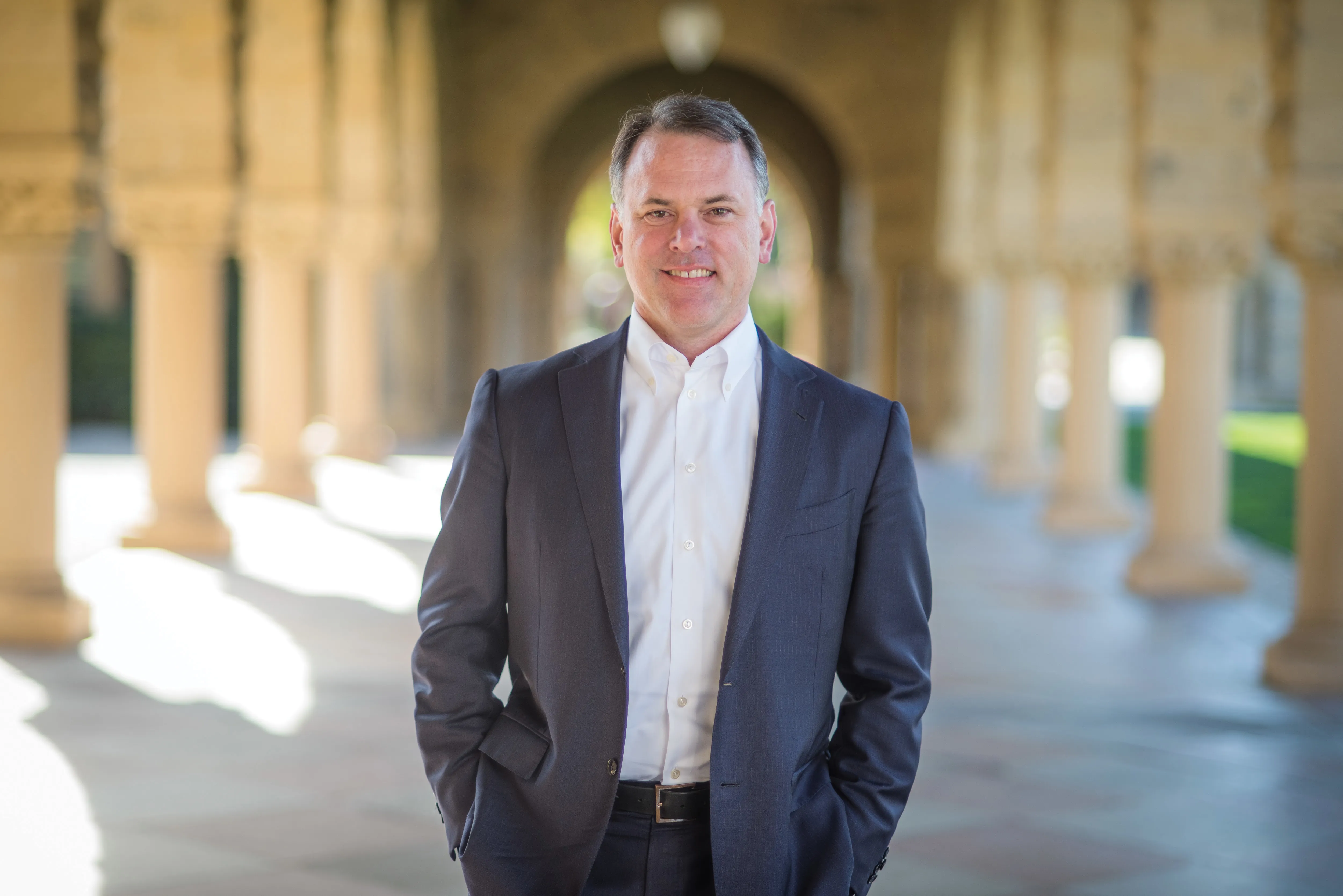Stanford’s endowment, valued at $36.5 billion as of October 2023, is the third largest among American universities. The University taps it for payments serving most of the University’s sectors, including faculty salaries, research and athletics. Two-thirds, or about $283 million, of the funds for student financial aid are contributed by the endowment.
University spokesperson Luisa Rapport wrote in an email to The Daily that “the founding grant by Senator Leland Stanford and Jane Lathrop Stanford in 1885 conveyed to the University an initial endowment of approximately $20 million and the Stanfords’ farm at Palo Alto.”
Nowadays, the endowment is comprised of real estate and more than 8,800 smaller funds, of which more than 75% have restricted usage for purposes specified by donors. For instance, one scholarship is reserved for a football player specifically wearing jersey No. 36.
The Stanford Management Company (SMC), which was founded in 1991, oversees investments in the “Merged Pool,” which is distinct from the endowment but has some overlap in funds. The Merged Pool consists of most of the endowment’s funds, “long-term funds from Stanford’s hospitals, and funds that the University chooses to treat as long-term investments.”
Rapport wrote that the Office of the Treasurer managed the endowment prior to the creation of SMC. The Office is now part of the University’s Financial Management Services and handles institutional treasury functions.
SMC CEO Robert Wallace also teaches an economics class called ECON 184: “Institutional Investment Management: Theory and Practice.” One student, Vania Chow ’26, said she learned that the “two main objectives of SMC are to give back 5% to meet the current goals of the University and consistently grow the pool of money.”
Chow said that SMC “allocates the endowment’s pool of capital between different types of assets, including venture capital, real estate and public stocks” in a manner that is “diversified but minimizes risk.”
Rapport wrote that there is no cap on the endowment’s payout rate per year, although the target payout rate is 5.25%. According to Stanford’s Giving website, the target payout rate is “based on expected long-term average investment returns, minus inflation.” This payout is adjusted every year subject to market volatility.
The University draws from the endowment’s returns, or profits, and not the principal, or the original amount of invested money. In a statement to Stanford Magazine, Randy Livingston ’75 MBA ’79, who is Vice President of Business Affairs and CFO at Stanford, said, “if we start to consume the endowment principal, there will be less to invest and therefore less income to support the University in future years.”
The Merged Pool’s continued investment in fossil fuels has remained a contentious subject, with Stanford students calling for divestment. SMC wrote on their website that “active fossil fuel holdings make up less than 2% of the Merged Pool,” demonstrating a drop from a peak of 16% in 2011.
